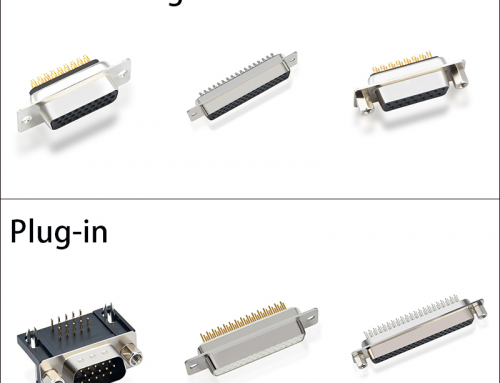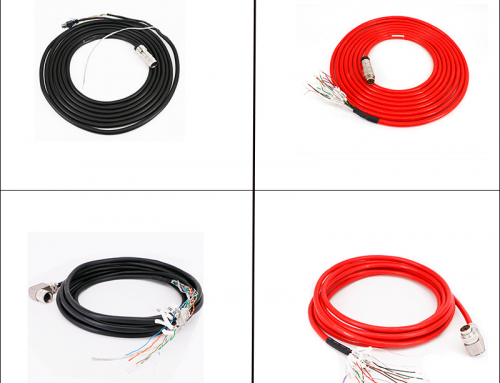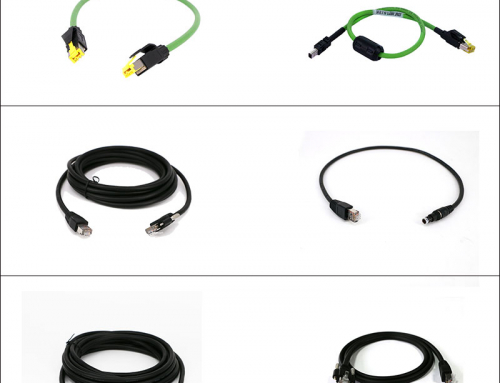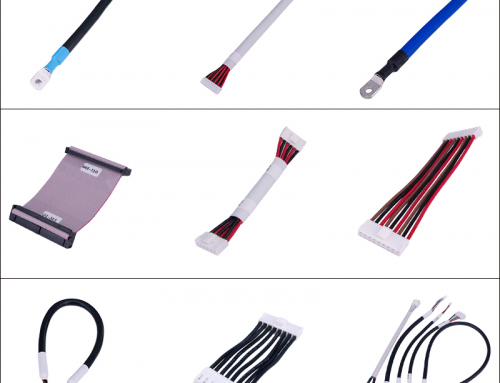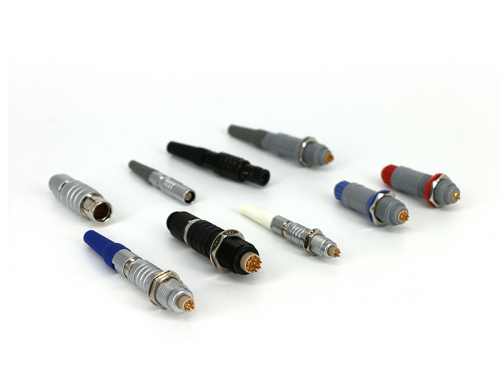What is OBDII?
On-Board Diagnostic systems are in most cars and light trucks on the road today. During the ’70s and early 1980’s manufacturers started using electronic means to control engine functions and diagnose engine problems. This was primarily to meet EPA emission standards. Through the years on-board diagnostic systems have become more sophisticated. OBD-II, a new standard introduced in the mid-’90s, provides almost complete engine control and also monitors parts of the chassis, body and accessory devices, as well as the diagnostic control network of the car.
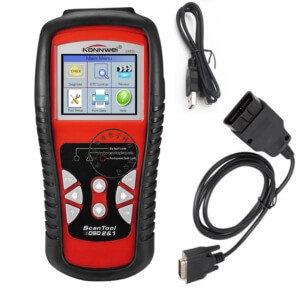
OBD-II / OBD2 / OBD 2 is a system used in automobiles to monitor various components of the vehicle, detect malfunctions, and store the information in the vehicle’s on-board computer to be recovered later by a service technician. OBD-II is an acronym for on-board diagnostics; the “II” denotes the second and most current version of this technology. Beginning in the late 1970s, vehicles sold in the United States have been equipped with electronics to control various systems and diagnose malfunctions with the goal of minimizing pollution. This came about in response to Congress passing the Clean Air Act and establishing the Environmental Protection Agency (EPA) in 1970. These electronics varied between manufacturers and model years, making the retrieval of diagnostic information potentially costly and time-consuming.
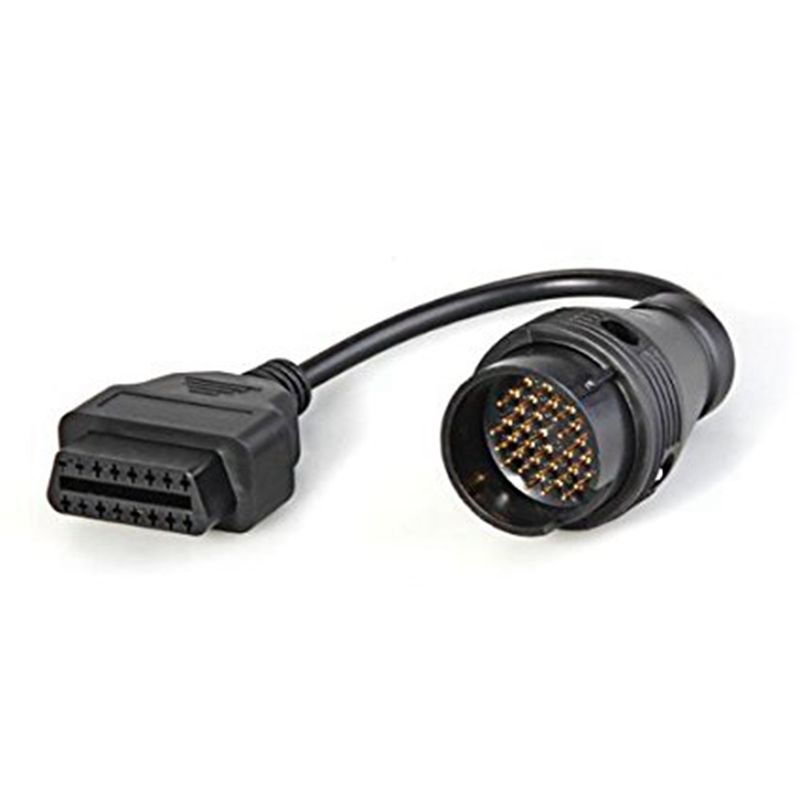

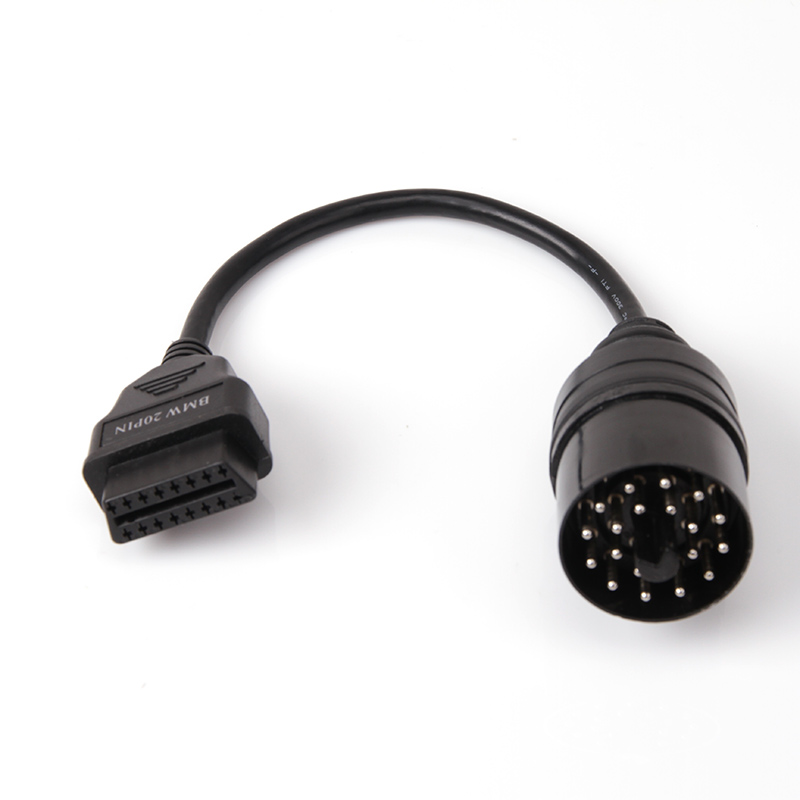
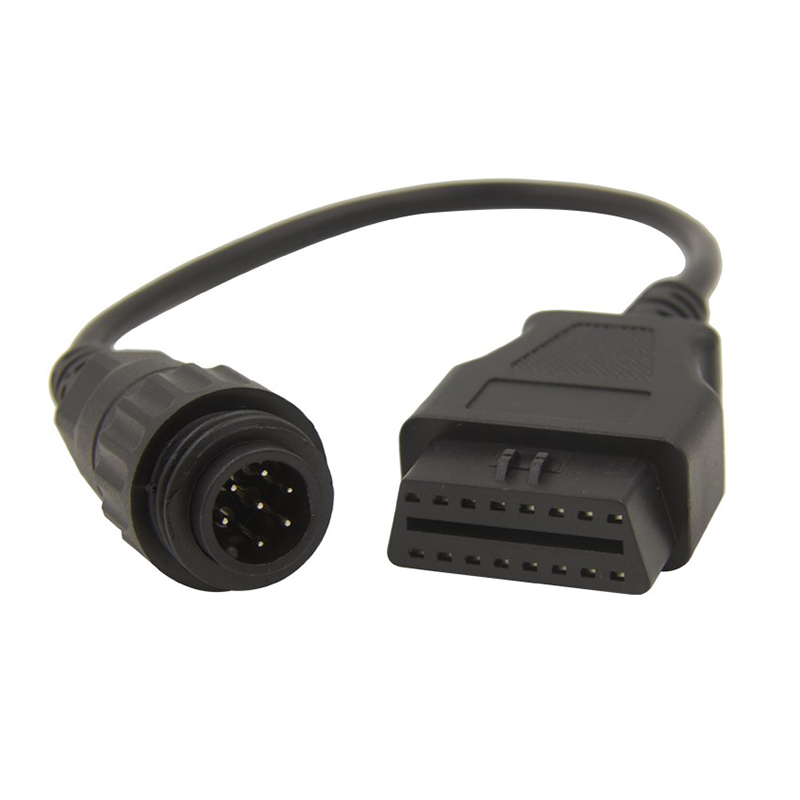
Why do we need it?
The Environmental Protection Agency has been charged with reducing “mobile emissions” from cars and trucks and given the power to require manufacturers to build cars which meet increasingly stiff emissions standards. The manufacturers must further maintain the emission standards of the cars for the useful life of the vehicle. OBD-II provides a universal inspection and diagnosis method to be sure the car is performing to OEM standards. While there is argument as to the exact standards and methodology employed, the fact is there is a need to reduce vehicle emitted pollution levels in our cities, and we have to live with these requirements.
OBD-II and performance tuning
While the vast number of drivers want nothing more than dependable, economical transportation, many of us are looking to OBD-II for extra performance. Earlier on-board computer systems had chips that could be replaced to adjust engine parameters for extra speed and power. While the OBD-II systems are sealed and do not allow chip replacement, they do provide a real time data acquisition system that is useful to tuners.
Power loaders can actually reprogram the performance parameters of the OBD-II system to accommodate performance options. At the current time the number of models they can service is limited, but the range is being extended. Be sure the person doing your reprogramming keeps the car in compliance with EPA emission standards. As aftermarket manufacturers develop additional solutions, we will add their information to our links.


